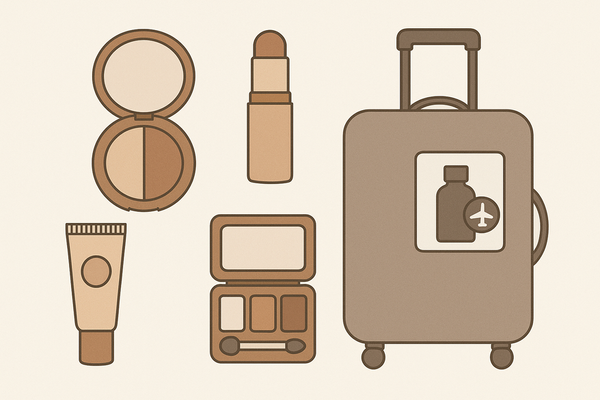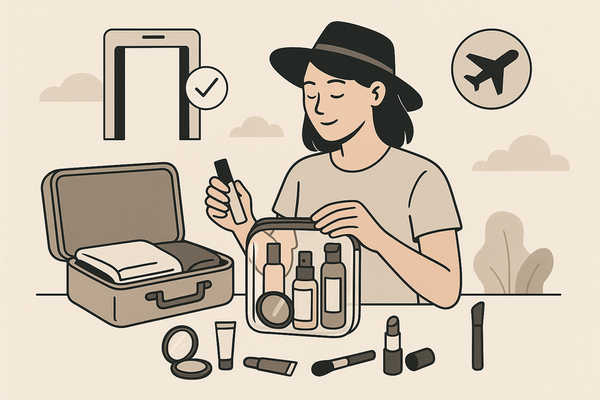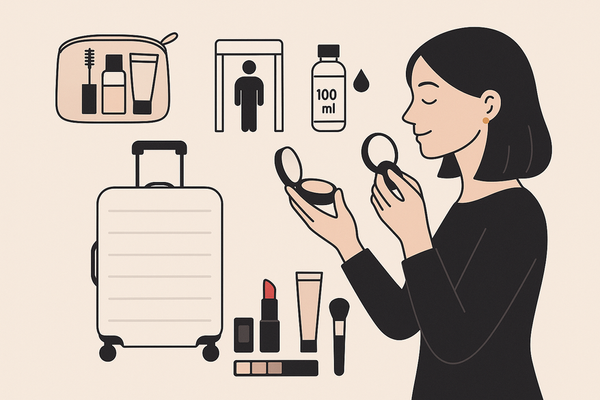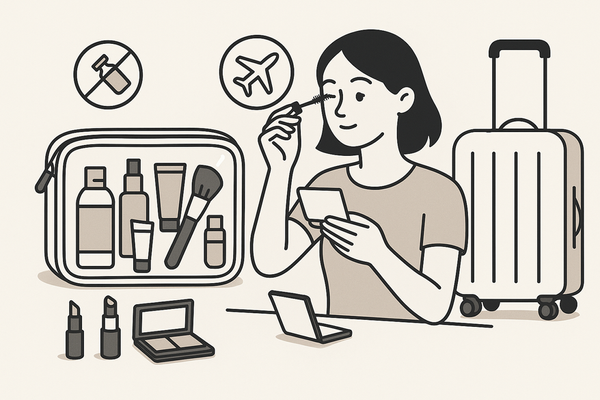How Real-Time Makeup Adjustment AI and Generators Are Revolutionizing Beauty
Discover how real-time makeup adjustment AI and ai makeup generators transform digital beauty with seamless, personalized virtual try-ons and consultations.
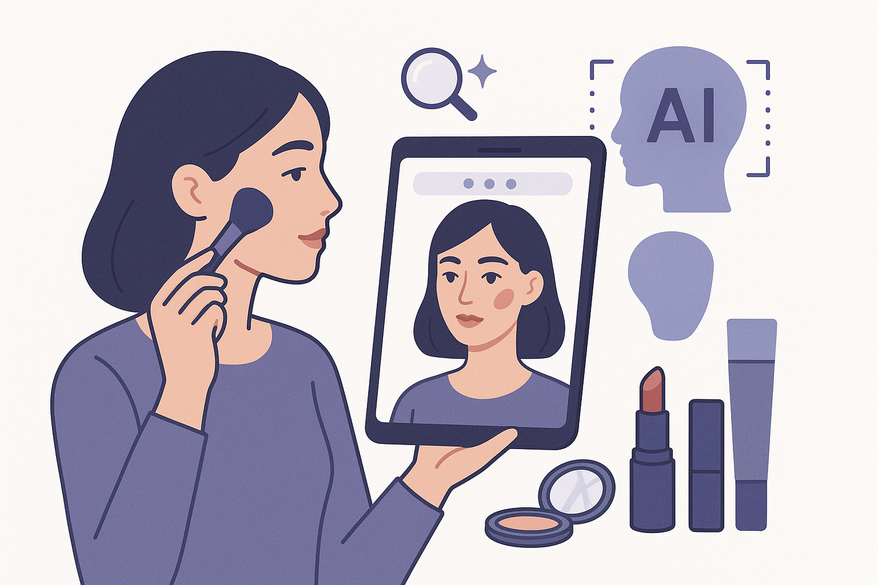
Estimated reading time: 8 minutes
Key Takeaways
- Real-time makeup adjustment AI overlays lifelike cosmetics on live video with dynamic tracking and adaptive shading.
- AI makeup generators use generative models to create bespoke beauty looks from text prompts or reference images.
- These technologies enhance virtual try-ons, streamline consultations, and boost e-commerce conversions.
- Future trends include hyper-realistic rendering, smart mirrors, on-device processing, and cross-device synchronization.
Table of Contents
- Introduction
- What Is Real-Time Makeup Adjustment AI?
- How Real-Time Makeup Adjustment AI Works
- Exploring the AI Makeup Generator
- Benefits and Advantages
- Use Cases & Practical Applications
- Technological Insights & Future Trends
- Conclusion
- FAQ
Introduction
Applications like Makeup Check AI demonstrate how real-time makeup adjustment and AI-driven look generation can coexist seamlessly.
Real-time makeup adjustment AI blends beauty and tech, allowing users to apply and tweak virtual makeup live. By detecting facial landmarks and analyzing skin tone, it overlays cosmetics with realistic detail. Simultaneously, AI makeup generators craft unique beauty looks from scratch using generative algorithms and user prompts.
In this article, we'll explore:
- What real-time makeup adjustment AI is and why it matters
- The technology working behind the scenes
- The rise of AI makeup generators vs. traditional filters
- Key benefits for users and brands
- Real-world use cases and applications
- Technological insights and future trends
What Is Real-Time Makeup Adjustment AI?
Real-time makeup adjustment AI uses computer vision, machine learning, and augmented reality to map facial features and apply virtual cosmetics instantly. From lipsticks to blushes, it transforms any camera feed into a personalized beauty studio.
Key features include:
- Facial Landmark Mapping: Pinpoints eyes, lips, brows, cheeks, and jawline.
- Skin Tone & Structure Analysis: Assesses undertones, texture, and facial angles.
- AR Overlays: Applies virtual makeup with realistic pigment and blending.
- Live Feedback Loop: Adjusts to lighting and expressions in real time.
Impact on digital beauty:
- Instant shade trials with dynamic realism.
- High-fidelity results that static filters can't match.
- Integration into mobile apps and online stores via virtual makeup try-on.
How Real-Time Makeup Adjustment AI Works
This technology relies on a multi-stage pipeline:
- Image Capture & Preprocessing
- Camera feed acquisition and noise reduction.
- Color correction for accurate analysis.
- Facial Landmark Detection
- CNN-driven feature localization.
- 3D face mesh generation for depth-aware application.
- Makeup Overlay & Rendering
- AR engine applies textures and pigments.
- ML shade prediction matches skin tone and lighting.
- Dynamic Tracking & Adjustment
- Real-time alignment as the user moves.
- Adaptive shading under varied conditions.
Core technologies:
- Computer Vision for feature detection.
- Machine Learning for shade matching.
- Augmented Reality for live rendering.
Exploring the AI Makeup Generator
An AI makeup generator uses GAN-based models to produce novel looks from text prompts, images, or style selections.
Capabilities include:
- Generative creativity for new color palettes and textures.
- Prompt-driven design: describe a mood or style.
- Style transfer from reference images (e.g., skin tone analyzer).
Comparison:
- Traditional filters: Static overlays with limited personalization.
- Generative AI: Dynamic, user-specific designs with evolving realism.
Combined workflow: AI generators can feed custom looks into real-time adjustment AI for seamless live application.
Benefits and Advantages
- Accurate Shade Matching
AI selects perfect foundation and lipstick tones based on undertones. - Instant Customization
Overlays adapt to expressions and lighting instantly. - Streamlined Discovery
Try dozens of looks without physical samples. - Enhanced Consultations
Professionals offer high-fidelity advice remotely via AI makeup app routine. - Boosted Conversions
Try-ons increase confidence, reducing returns and driving sales.
Use Cases & Practical Applications
- Makeup Try-On Apps
Platforms like ModiFace on Amazon let users experiment with thousands of shades. - Social Media AR Filters
Instagram, Snapchat, and TikTok use real-time tracking for authentic filters. - Virtual Consultations
AI-powered analysis offers personalized routines worldwide. - Marketing & Insights
Brands gather anonymized data to refine products and target audiences.
Technological Insights & Future Trends
Core algorithms include CNNs for landmark detection and GANs for generative creativity. Transfer learning accelerates training on pre-trained vision networks.
Challenges: ensuring dataset diversity, equity across skin tones, and privacy compliance (GDPR, CCPA).
Future innovations:
- Hyper-realistic rendering of textures and light scattering.
- Smart mirrors and IoT integration in retail and homes.
- On-device AI for enhanced privacy.
- Cross-device synchronization for seamless experiences.
- Real-time feedback loops that refine AI instantly.
Conclusion
Real-time makeup adjustment AI and AI makeup generators are transforming digital beauty through cutting-edge computer vision, deep learning, and AR. They deliver unmatched realism, customization, and convenience, serving consumers and professionals alike.
From virtual try-ons to remote consultations, these tools are reshaping how we discover and apply makeup. Explore leading try-on apps today and subscribe to stay updated on the latest beauty tech innovations.
FAQ
- How accurate is real-time makeup adjustment AI?
Modern systems match shades and textures with high fidelity, adapting to lighting and movement. - Can AI makeup generators handle different skin tones?
Yes, they train on diverse datasets to ensure balanced results across multiple undertones and features. - Is my data safe?
Leading platforms comply with GDPR and CCPA, often offering on-device processing for added privacy. - Do I need special hardware?
Most solutions run on smartphones or webcams; advanced setups like smart mirrors are optional.

